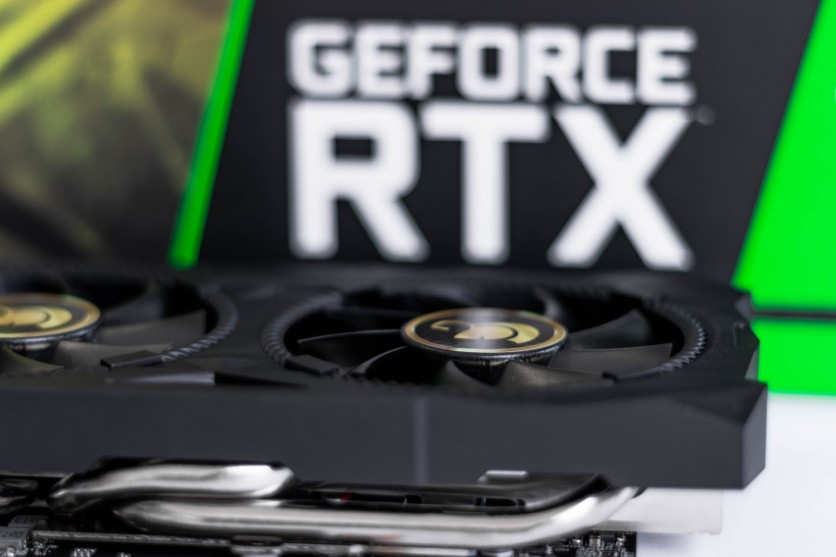When it comes to semiconductor tech, there is a simple rule of thumb: the smaller, the better. Samsung recognizes this, and is now preparing to take computer technology to the next level.

According to a report on TweakTown, Samsung just announced the start of the construction of a state-of-the-art fabrication center which will allow them to manufacture tiny-but-powerful 5nm chips. Expected to be operational by the second half of next year, the factory is part of Samsung's massive USD $151 billion investment to try and challenge the dominance of TSMC in the chip making business.
In the throes of the global chip shortage, Samsung's decision to set up a new fabrication facility could be one of many answers to the prayers of semiconductor-starved industries and computer enthusiasts. It's also worth noting that Samsung's project is not the first step: Intel is also spending a cool USD $3 billion to upgrade the capacity of their New Mexico fabrication center.
Sources also indicate that aside from 5nm chips, the factory will also be producing 14nm DRAM modules.
Read also : Global Chip Shortage to Persist Until 2023--Demands for PC to Slightly 'Soften' in the Next Years
What's So Good About 5nm?
Samsung is seemingly going full speed ahead with focusing on 5nm chip manufacturing, which is good in a lot of aspects. Here's a simple explanation why.
The rule of thumb is as follows: the smaller the manufacturing node, the better the chip will be in terms of power efficiency and overall performance. A chip made on a smaller node, like today's 7nm, will always perform better than one made on a 10nm node or anything bigger. With a tiny node, chipmakers can pack billions upon billions more transistors onto a single chip. And the more transistors, the faster the chip is.

A lot of other tech companies are already using 5nm chips in their products, with Apple being among the forerunners alongside Samsung. But there's another one that's taking advantage of Moore's Law as well: NVIDIA with its much-anticipated "Ampere Next" graphics cards.
An Incoming Green Wave
NVIDIA might be winning a good number of its battles against AMD in the graphics card department (particularly hardware-accelerated ray tracing), but it's struggled a bit due to the RTX 3000 cards' larger 8nm manufacturing process. Competing Radeon GPUs in the RX 6000 line are made on 7nm, which came from TSMC.
With Samsung's 5nm factory going operational soon, NVIDIA will have a reputable homegrown provider of chips for Ampere Next, which is projected to feature twice the ray tracing capabilities of first-gen Ampere, according to Tom's Hardware.
There is no official word yet on when the Ampere Next graphics cards from NVIDIA will come out, but when they do, they'll likely drive PC enthusiasts nuts once more.

Looking Ahead
Samsung Vice Chairman Dr. Kinam Kim states that the company's plans are part of their long-term response to the crisis that's facing the semiconductor industry. With that, here's hoping that the chip shortage will be resolved sooner rather than later.
This article is owned by Tech Times
Written by RJ Pierce
ⓒ 2025 TECHTIMES.com All rights reserved. Do not reproduce without permission.




